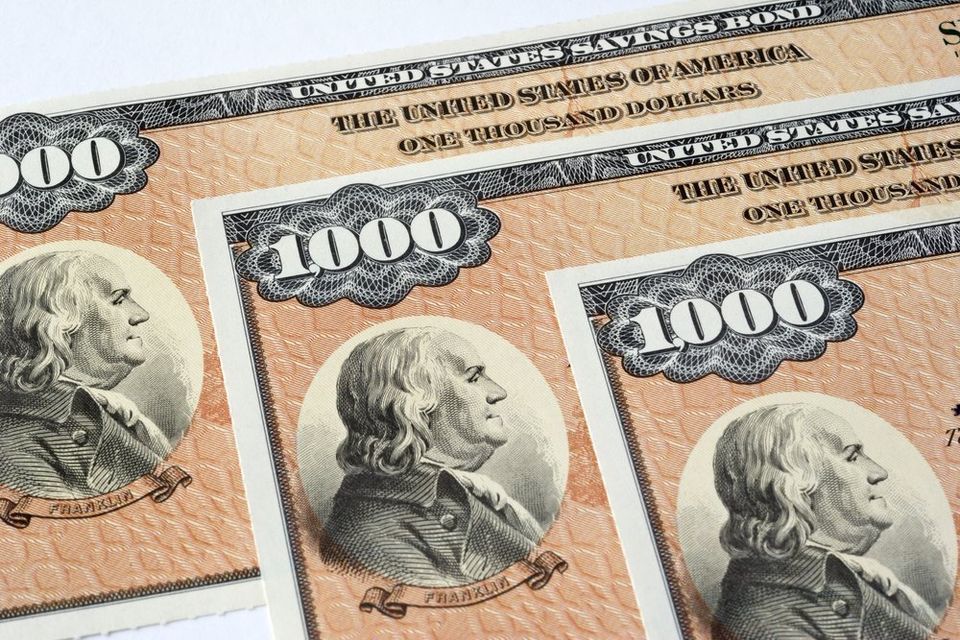BOND INVESTING
A lot of people are going to lose a lot of money in bonds over the coming decade because they aren’t aware of interest rate risk and how interest rate risk can decimate their bond portfolio.
Stocks are claims on the profits of a publicly traded company. You are an equity owner in the company once you’ve bought the stock. Stock ownership gives you a claim on a portion of all future free cash flows produced by the business (the money left over after all of the bills are paid). Bonds are a loan to a company. You have no ownership claim and no right to share in any of the profits of the business. You do have a contractual agreement to receive interest payments for a defined period of time after which you get your initial loan back, or at least that’s how it’s supposed to work.
There are two main types of risk in bond investing: credit risk and interest rate risk. Credit risk is pretty straightforward. Will you get your loan back, or won’t you get your loan back? The United States government is generally considered a risk-free investment. All other borrowers must offer a higher interest rate if they wish to borrow money. It helps to think of the interest payment from a non-Treasury bond as two payments. The first payment is the risk-free interest rate, and the second payment is the additional interest to compensate you for the risk of default – the risk premium. The extra yield offered by the borrower is also known as the spread over the risk-free rate. For instance, if the 10-year Treasury interest rate is 2.90% and a 10-year investment grade corporate bond is yielding 3.50%, then the spread is 0.60%. In other words, the 2.90% interest payment is the risk-free payment and the 0.60% interest payment is the additional interest needed to entice a lender to buy a bond with credit risk.
Interest rate risk is a little less straightforward, and involves a concept known as duration – essentially the sensitivity of a bond’s price to changes in interest rates. High duration bonds are more sensitive to changes in interest rates, and low duration bonds are less sensitive to changes in interest rates. In general, the longer the time to maturity the higher the duration and more sensitive the bond price is to changes in interest rates. For example, Treasury bonds are issued in $1,000 increments. A 10-year Treasury bond with a 2.90% coupon will pay an investor $29 per year until maturity, at which time the government returns your $1,000. However, what happens if 10-year rates rise to 3.9% during the 10-year investment period? Well, a 10-year Treasury has a duration of approximately nine years, which means the price of the 10-year bond will fall to around $910, or by about 9%. Meanwhile, a five-year bond, also purchased for $1,000 and paying a 2.80% coupon, and with a duration of 4.9 years, will only fall in price to $951 if five-year interest rates rise by 1%, substantially less than the drop in the 10-year Treasury bond. Perhaps the extra 0.10% in interest rates isn’t worth the additional interest rate risk right now?
Unfortunately, many people aren’t really aware of interest rate risk and how it can impact bond prices. Instead, they are reaching for as much yield as they can in this (still) low yield world. The amount of interest rate risk taken is almost certainly more, perhaps far more, than many realize. And that’s why a lot of people are likely to lose a lot of money in the coming decade as interest rates rise to more normal levels around the world. Bonds are not a risk-free investment, not even Treasury bonds, which might not have credit risk, but most certainly have interest rate risk.
But wait! I don’t have to sell my 10-year Treasury. I can just hold it to maturity. I buy a 10-year with a 3.00% yield, clip the coupon until the bond matures and then get my $1,000 back from Uncle Sam. I haven’t lost anything just because the price of my bond fell in the interim due to a rise in interest rates. Uncle Sam still pays me $1,000 at maturity. Unfortunately, that line of reasoning, which I hear so often, is far off the mark. Set aside for a moment the possibility that you may need to sell your 10-year Treasury before maturity to fund a spending goal, and consider the opportunity cost of holding a bond paying 3.00% when there are now equivalent bonds available that pay a higher interest rate. You are stuck earning only 3.00% while other investors can buy equivalent bonds yielding 3%, 4%, or even 5%. Holding your 3.00% coupon bond to maturity means forgoing investing in higher, perhaps much higher, coupon paying bonds. A rising interest rate environment requires managing interest rate risk carefully. The first line of defense is to reduce the average duration of your bond portfolio to a level that will prevent large capital losses. By how much? Well, that will depend on your spending goals. Asset–liability matching is the essence of good retirement planning, a fancy way of saying that you want cash flows from investments to cover your funding requirements on time and in full.
It bears repeating: a lot of people are going to lose a lot of money in bonds over the coming decade because they aren’t aware of interest rate risk and how interest rate risk can decimate their bond portfolio. Many of those people may find that their retirement isn’t quite as successful as they’d hoped as a result.












